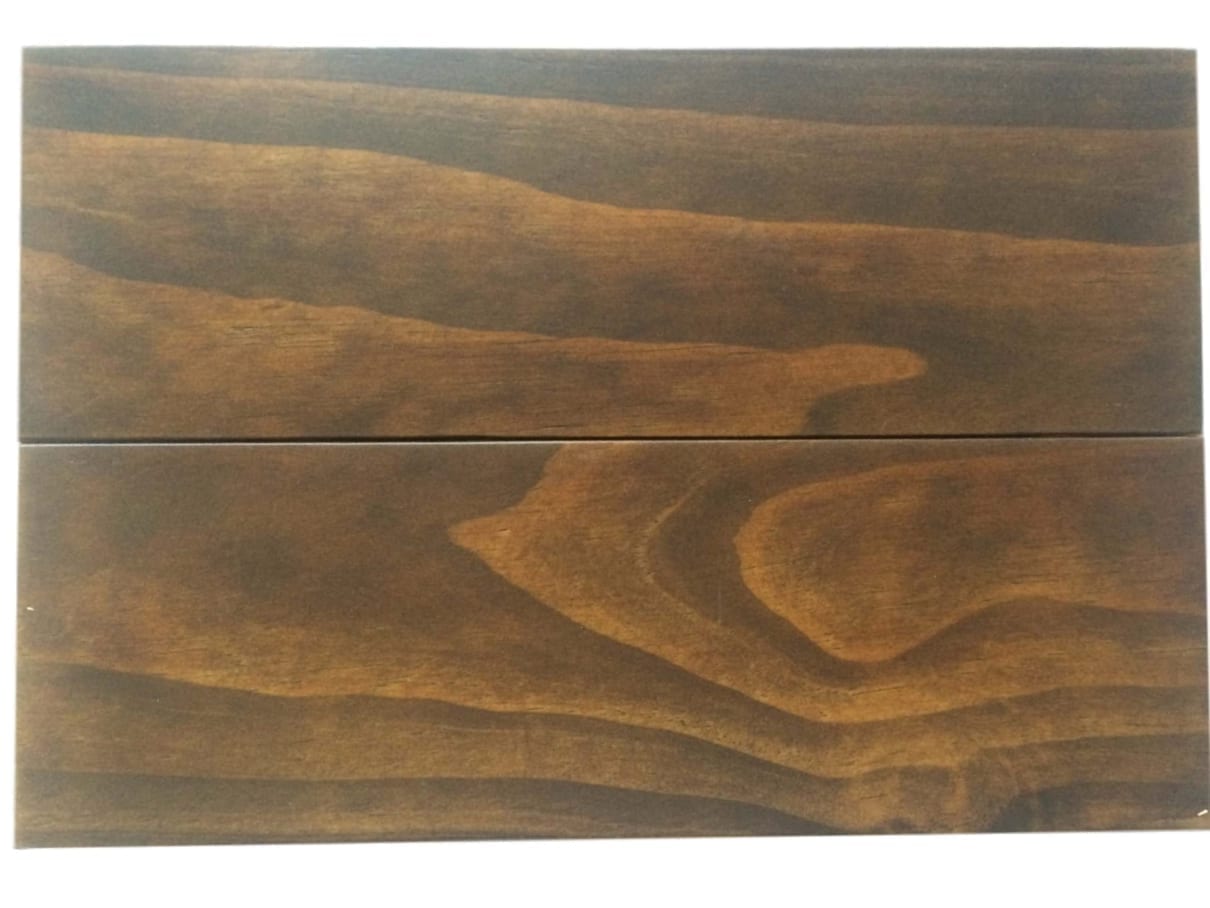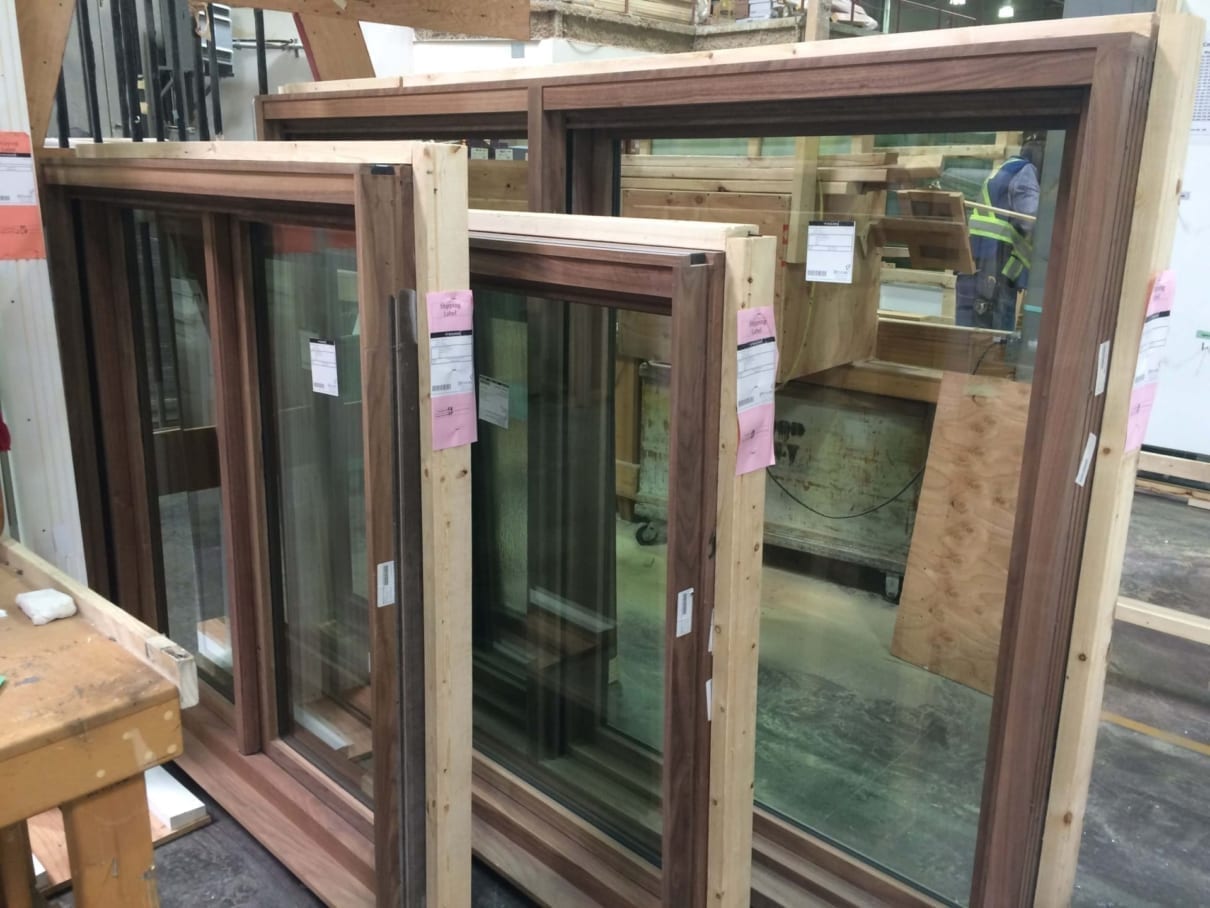How to Pick the Best Wood Species for Your Custom Wood Windows or Doors
“In the luxury custom home niche, windows & doors can represent 8 – 15% of the total construction cost. That’s a fair chunk of change — and one of several reasons to know a thing or two about choosing the right materials.”
How do you pick the best wood species for your architectural wood windows and doors?
The answer is… there’s no short answer. Before you roll your eyes, let us explain.
It’s easy to underestimate the impact of the wood you choose for architectural windows and doors. Considering that windows and doors can represent 8-15% of the total construction cost on a luxury home, there’s a fair amount at stake.
The choice of wood species is typically the largest single cost driver in a wood window price. A window in Vertical Grain Douglas Fir may be $1,500. The same window in Teak may be $3,800. It adds up.
Clearly, knowing where the wood’s value lies will help you optimize your costs from the start.
There are lots of variables to consider while trying to understand the ideal wood species for a project. Our best advice is to have a full discussion with your supplier at the beginning of the design and budgeting process. Here are a few straightforward questions to help you narrow down your options and start the conversation. These questions reflect the conversations we have daily with architects about wood.
Questions to Consider when Selecting a Species for Custom Wood Windows and Doors
What is the final aesthetic you are going for?
- Will the final finish be stain or paint?
- Is a split finish or split species construction the best option?
- Are the windows & doors intended to blend into the exterior envelope palette or are they more of a contrasting color element?
- Are the interiors of the custom wood windows being matched to other interior millwork finishes such as cabinets, floors or built-ins?
- Is a Bronze or Aluminum clad exterior the ideal outcome?
What is the project’s climate and environment like?
- Oceanfront exposures tend to inflict the most demands on any exterior envelope component, including the windows & doors. Pebble Beach, Cabo San Lucas or The Hamptons come to mind.
- Is it high altitude with correspondingly high UV exposures? Santa Fe or Telluride for example.
- Consider extreme temperatures and relative humidity. High-temperature elevations can cause pitch bleed in some wood species such as Douglas Fir and Spanish Cedar. (Think Las Vegas and Arizona.) More extreme highs or lows in humidity may call for different moisture contents in the wood prior to fabricating and sealing. This helps to manage the relative stability of the timber from factory climate to job site climate.
- A good conversation can bring out even more obscure points. For example, in Texas the Formosan termite causes millions in damages to wood structures every year. There are some wood species they will not eat, however. And you can make custom wood windows from some of those wood species. (Huh!)

Sorting and Moisture-Reading of Lumber to Make Architectural Wood Windows and Doors
What wood properties are most desirable for the project?
- Some wood species perform very well as exterior envelope materials. Others, we would suggest, are best avoided on exterior applications if they have a higher propensity for checking or cracking. They may be fine on the interior side however.
- Higher-impact wear-and-tear projects such as boutique restaurants or Hotel lobbies are often best-served using a hardwood instead of softwood for greater dent resistance. (Also useful if the kids like to skateboard around the living room.)
- There can be conflicts between aesthetic preference and long-term performance. A different species may offer a solution that addresses both.
Is Sustainability or LEED a consideration?
- The growing awareness and demand for sustainable products is as prevalent in the luxury home and boutique hospitality niche as anywhere else.
- Would the project benefit from the wood being FSC-Certified (Forest Stewardship Council)?
- Is the project aiming for Platinum or Gold LEED points? If so, an FSC chain of custody certification can provide a value.
- Is Reclaimed Timber a consideration? Is the Reclaimed wood of choice available in the quantities, board widths and lengths required to manufacture the sizes intended by the design? If not, how do you manage scarf joins, laminations and consequent aesthetic challenges should they arise?
A treated wood substrate such as Accoya might provide the best value for some projects. It’s expensive but has a 50-year above-ground warranty against rot. It’s also FSC-certified and more stable and warp-resistant than other wood species. We use Accoya for all our engineered stave cores. It costs more but provides greater benefits.

Accoya with Walnut Stain
Budget Considerations
- Some projects do not have unlimited budgets. On those rare occasions that a project’s pre-construction budget causes the Owner to reach for the handily-located office defibrillator, there are a couple of points that can help restore the serenity of the meeting.
- Some species may involve cost implications other than just dollars per board foot. Take Black Walnut for example. Walnut has a broad range of coloration including sapwood, which shows as a more yellow tone. AWI standards allow for 10% sapwood in Walnut components. For the fabricator, this means more board feet being rejected if they are working to a premium standard.
- Quarter or Rift cuts yield less usable material per board than flat cuts, so they cost more. If the species you’re working with isn’t primarily about the grain appearance, a flat cut option can help ease the budget a little.

Black Walnut Wood window interiors
Using More than One Species
One solution may be to use the premium wood species in the high-profile rooms (for example, the Great Room, Master Bedroom and Kitchen) to get the WOW factor where you really want it. The Guest House or perhaps the bedrooms could have a lower-cost species. The point is, you don’t have to use the same specification throughout if the budget is under pressure. Get creative.
Talk About the Wood Species Early in the Design Process
To avoid the “Defibrillator Outcome,” it’s worth stick-handling this early in the process. There’s a lot to talk about and a lot that can be done to help manage overall budgets when necessary.
At schematic design, the final aesthetic is usually an unknown. In this instance, consider asking for a range of pricing from the fabricator so the design team can clearly see the cost implications of different wood species.
Take a set of custom wood windows & doors in paint grade at $350,000. The Owner’s neighbors have Mahogany windows so you’re asked to head in that direction. The budget moves to $490,000. Rift White Oak comes into the discussion. Budget moves to $535,000. Same windows & doors, the price is just impacted by changing the wood species.
We usually work with the design team to ensure these cost spreads are understood early in the process. Then we work through as many of the questions above as we can so the design team is comfortable with the implications of the choices in terms of cost, performance, and aesthetics.
When the budgets are presented to the Owners, they can decide on the relative value of the choices. It’s a more relaxed and informed process.





